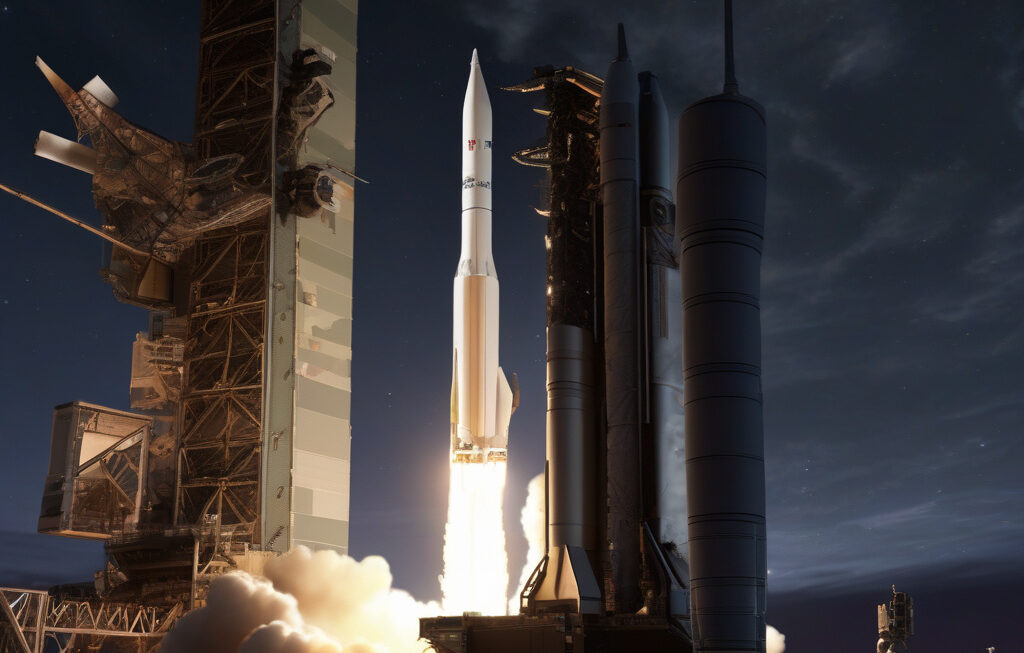China Uses World’s Biggest Radio Telescope to Map Lunar South Pole Water Ice
The world’s big space powers are racing to send humans back to the Moon. Unlike other countries, China is taking a unique approach by using the world’s largest single-dish radio telescope to map water ice on the lunar south pole. This innovative move showcases China’s commitment to advancing space exploration and technology.
China’s Five-hundred-meter Aperture Spherical Radio Telescope (FAST), located in the southwestern province of Guizhou, is the largest of its kind globally. FAST has already made significant contributions to astronomical research since its completion in 2016. Now, Chinese scientists are utilizing this cutting-edge technology to study the Moon’s surface in unprecedented detail.
The presence of water ice on the Moon is a crucial discovery with profound implications for future space missions. Water is essential for sustaining human life, producing rocket fuel, and supporting various industrial activities. By mapping the distribution of water ice at the lunar south pole, China aims to lay the groundwork for establishing a sustainable human presence on the Moon.
The utilization of FAST for lunar exploration highlights China’s strategic vision and technological prowess. While other countries are focusing on traditional satellite imaging and rovers, China is leveraging its advanced radio telescope to unravel the mysteries of the Moon. This demonstrates China’s commitment to pushing the boundaries of scientific knowledge and space exploration.
Moreover, China’s emphasis on lunar water ice mapping underscores the country’s long-term ambitions in space. By investing in innovative technologies and prioritizing lunar research, China is positioning itself as a key player in the global space race. The data collected by FAST will not only benefit China’s space program but also contribute to the broader scientific community.
In addition to its scientific significance, China’s use of FAST for lunar exploration has practical implications for future missions. By identifying regions rich in water ice, China can potentially pinpoint ideal landing sites for manned missions and establish lunar bases. This strategic advantage places China at the forefront of shaping the future of lunar exploration.
Furthermore, China’s approach exemplifies the integration of multiple disciplines in space exploration. By combining radio astronomy with planetary science, China is pioneering a holistic approach to studying celestial bodies. This interdisciplinary strategy not only enhances the scientific value of the research but also fosters innovation and collaboration across scientific fields.
As China continues to harness the capabilities of FAST for lunar exploration, the global space community is closely watching the country’s progress. The unprecedented use of a radio telescope for mapping lunar water ice sets a new standard for innovative space research. China’s bold initiative underscores the importance of thinking outside the box and exploring unconventional methods in space exploration.
In conclusion, China’s use of the world’s biggest radio telescope to map lunar south pole water ice represents a paradigm shift in lunar exploration. By leveraging the advanced capabilities of FAST, China is paving the way for future manned missions to the Moon and beyond. This pioneering approach not only highlights China’s technological advancement but also showcases the country’s commitment to pushing the boundaries of space exploration.
China, radio telescope, lunar exploration, space technology, scientific innovation












